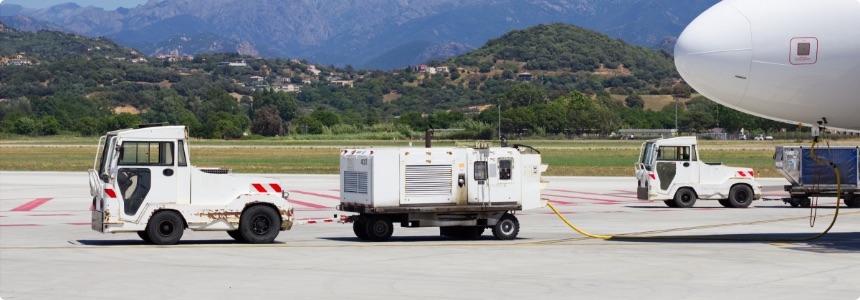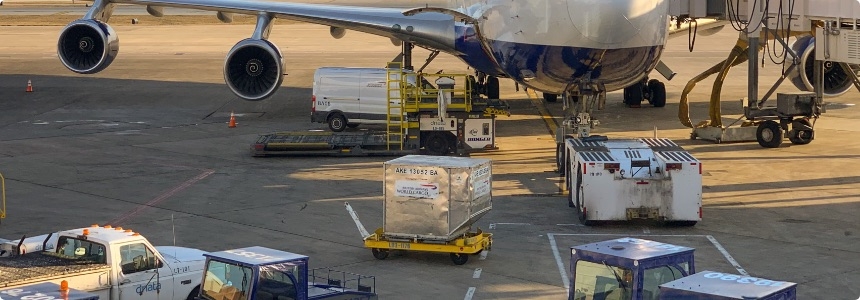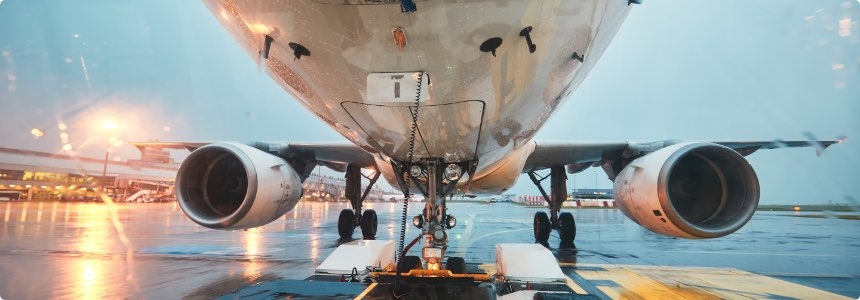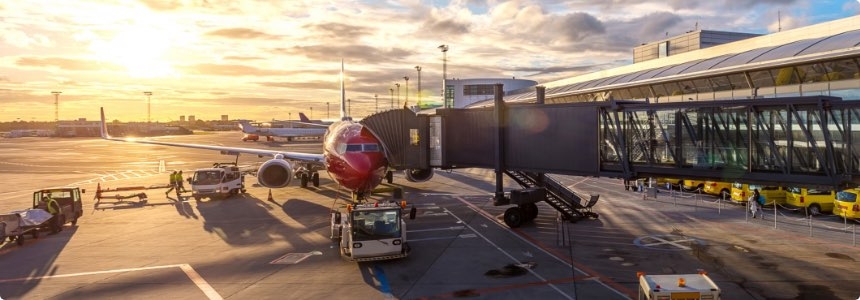In March 2020, the world's airlines cut flights and grounded fleets during one of the worst economic free-falls in recent memory. Passenger air travel, both domestically and abroad, came to a standstill. But it soon became clear that the air cargo industry would prove to be significantly less volatile. While still taking a hit at the beginning of the pandemic, most air cargo carriers are now back up to their monthly average thanks to a rise in transportation of high-demand products, like e-commerce purchases and pharmaceuticals.
So, what can passenger airlines glean from the success of cargo carriers during an incredibly uncertain time and how does this impact the ground support equipment market?
Why Passenger Airlines Are Making the Temporary Switch to Air Cargo
While the air travel industry is beginning to see some travelers taking domestic flights, passenger travel is still nowhere close to being back to normal, and that may remain the case for the foreseeable future. Airlines are continuing to have to park entire fleets, littering the ramps of airports across the country. While some airlines are choosing (or being forced) to fly the remainder of their fleets empty, some are opting instead to dedicate them to air cargo — utilizing Bobtail Tractors to their advantage in these volatile times.
It's true that in the past, cargo hasn't traditionally been a revenue generator for passenger airlines. In fact, in 2019, cargo accounted for just 1-3% of total revenue for U.S. airlines. But when industries like these are generating literally no revenue, the small amount that cargo provides can at least help to stop the bleeding.
How Will the Pandemic Impact GSE?
As history has shown, what impacts airlines will eventually come to impact the ground support equipment market. Most GSE fleets will continue to serve their purpose just fine during the COVID-19 pandemic. But that's not to say there isn't room for adaptation where needed. With hundreds of aircraft now parked indefinitely at airports around the country, airlines and MROs now have to shift their operational focus to better fit the industry's needs at this time.
As with any industry, there is always room to adjust and adapt to a quickly changing landscape. MROs can continue to operate in spite of the downturn in passenger air travel if they proceed smartly.
Just because an airplane is parked and not in use doesn't mean you can set it and forget it. These highly complex machines need to be properly sealed for storage. Plus, soft storage like this often requires fuel to be kept on board. So, ground crews will need to regularly inspect and maintain each aircraft. This should include:
- Occasionally starting the engines and moving the fuel in order to keep the system lubricated and prevent the fuel bladders from cracking.
- And rotating the tires by jacking the aircraft and rolling the tires or by attaching the airplane to a towbarless tug and moving it a few feet.
Whether or not an aircraft is being used, it's important that it's properly maintained, repaired and inspected on a regular basis. And that requires experienced and highly skilled ground crews.
How Do GSE Ground Crews Safely Socially Distance?
Ground support equipment in the MRO environment often demands ground crews to work in close proximity to each other. But now that "social distancing" is a part of our daily lives, the working environment needs to change in order to keep everyone safe.
While it's pretty easy to spread out on an apron and maintain six feet of spacing, the same can't always be said for the inside of a maintenance hangar. Because of this, crews should attempt to work in shifts and minimize the amount of people on the floor each day, maintaining six feet of distance when possible. Adequate face coverings should be worn, and equipment will need to be wiped down regularly to prevent the spread of infection. A good ventilation system is also critical.
While COVID-19 has created a world in turmoil and a market on the brink of collapse, there is light at the end of the tunnel. Know that the world will eventually recover and travel will resume, likely looking much different than before the pandemic. While some airlines may close, others will adapt their operations to become more agile and able to weather the storms of another global crisis. At the center of it all will be airport ground support equipment and the ground crews that operate them. While we can't tell what the future holds, we do know that advances in GSE are sure to play a massive part in streamlining operational efficiency and evolving the air travel industry as a whole.
Let Eagle Tugs Help with Your GSE Needs
Pandemics lead to uncertain and trying times for industries around the world. At Eagle Tugs, we're proud to be your ground support equipment provider and are happy to help in any way that we can. We have built our reputation by providing customers with the most reliable products and exceptional customer service in the industry. If you need information about any of our product lines or need assistance finding the right solution for your unique needs, reach out to our experts today.
Shop Bobtail TractorsRelated Articles

Learn how big data can be used to provide actionable intelligence about aircraft tugs and aviation ground support equipment.
READ MORE




